In this Hacklet, we talk about some car related hacks, making things light up, and a novel design for a 3D printer.
Car Hacks
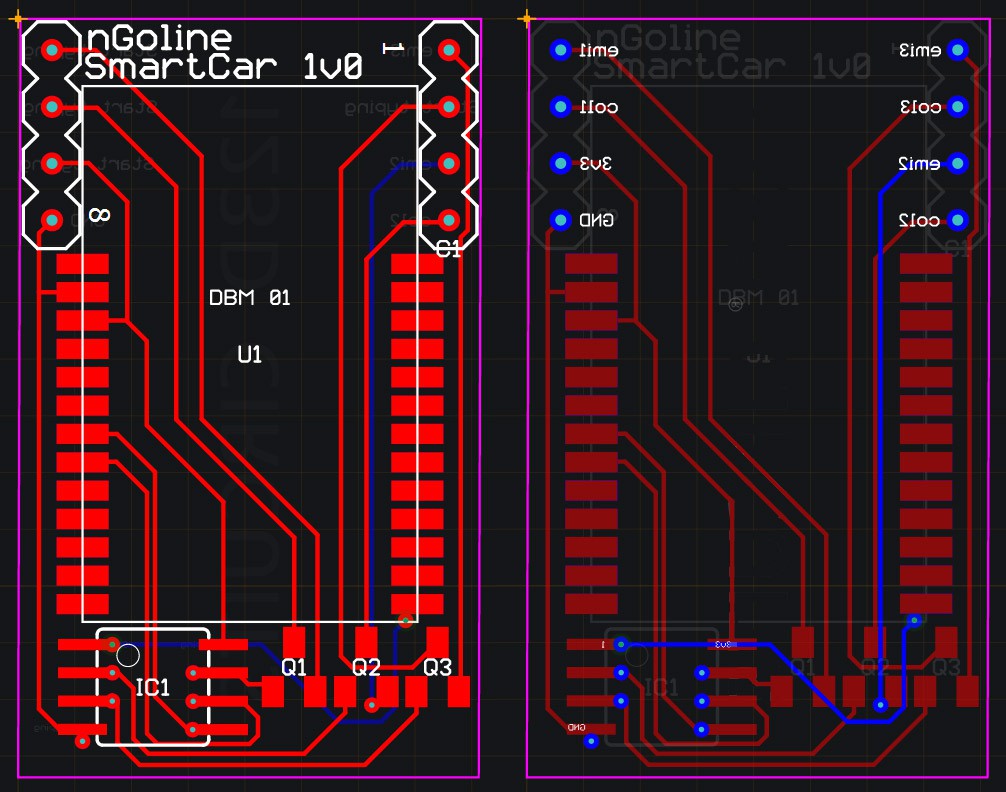
There's been a few car hacks going on recently. First up is the SmartCar by [nGoline]. This is a little board that uses Bluetooth 4.0 to unlock the vehicle remotely. Of course, there's some security concerns, but the idea of using a Pebble smartwatch to unlock a vehicle is pretty neat. The device uses a DBM01 module, which is based on the Texas Instruments CC2540 Bluetooth SoC. In the future, [nGoline] wants to integrate the Nymi, a wearable device that identifies users based on biosensors.
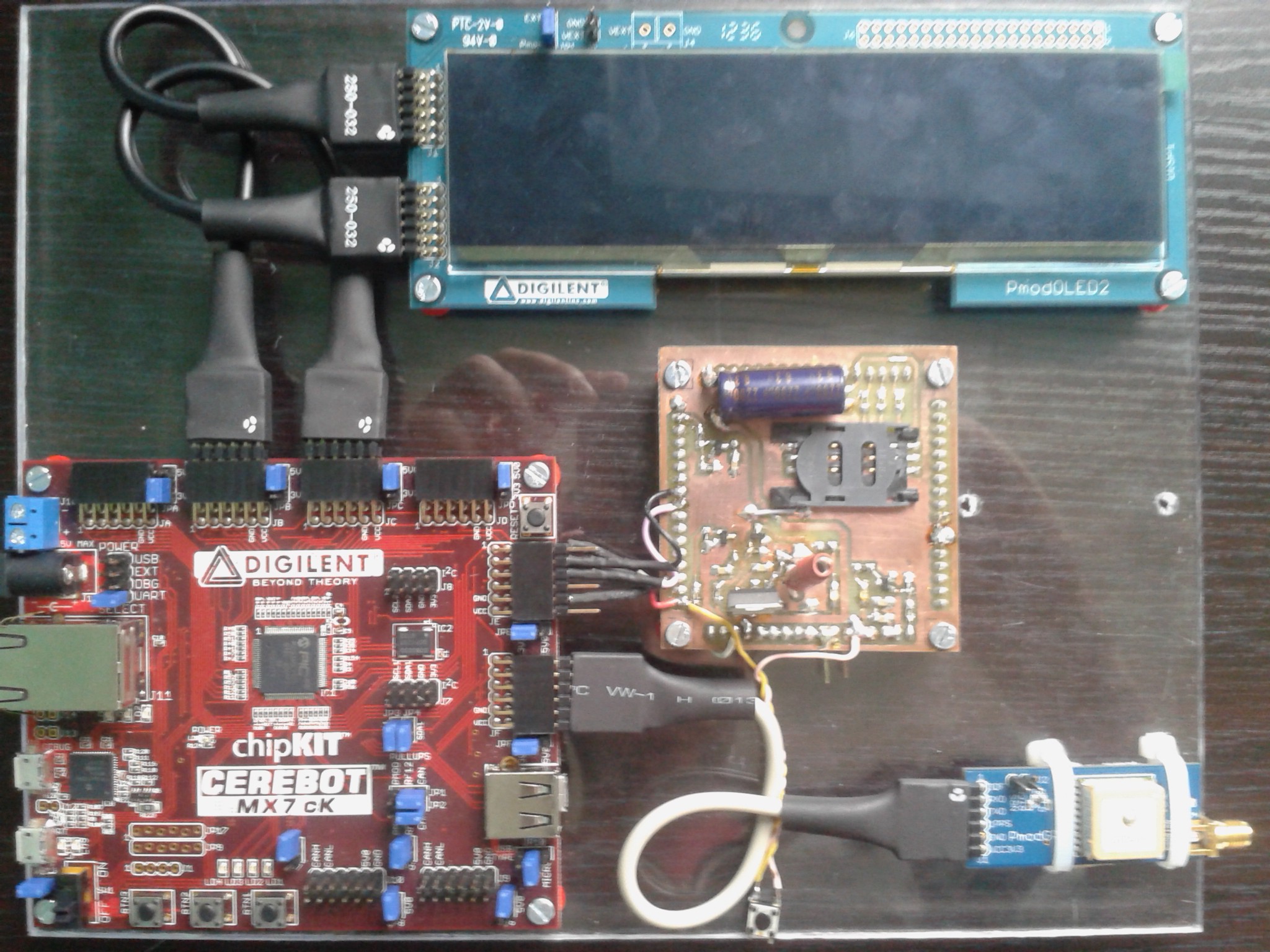
If you've ever wanted a custom telematics system for your car, [cezar.pristavu]'s GSM & GPS Car Diagnostics System is worth a look. This one actually goes onto the car's CAN bus to retrieve information, including fault codes. It uses a GSM modem and GPS receiver to let you know where your car is at all times, and the built in display gives live information on the vehicle. The firmware source is available, and is quite well commented.
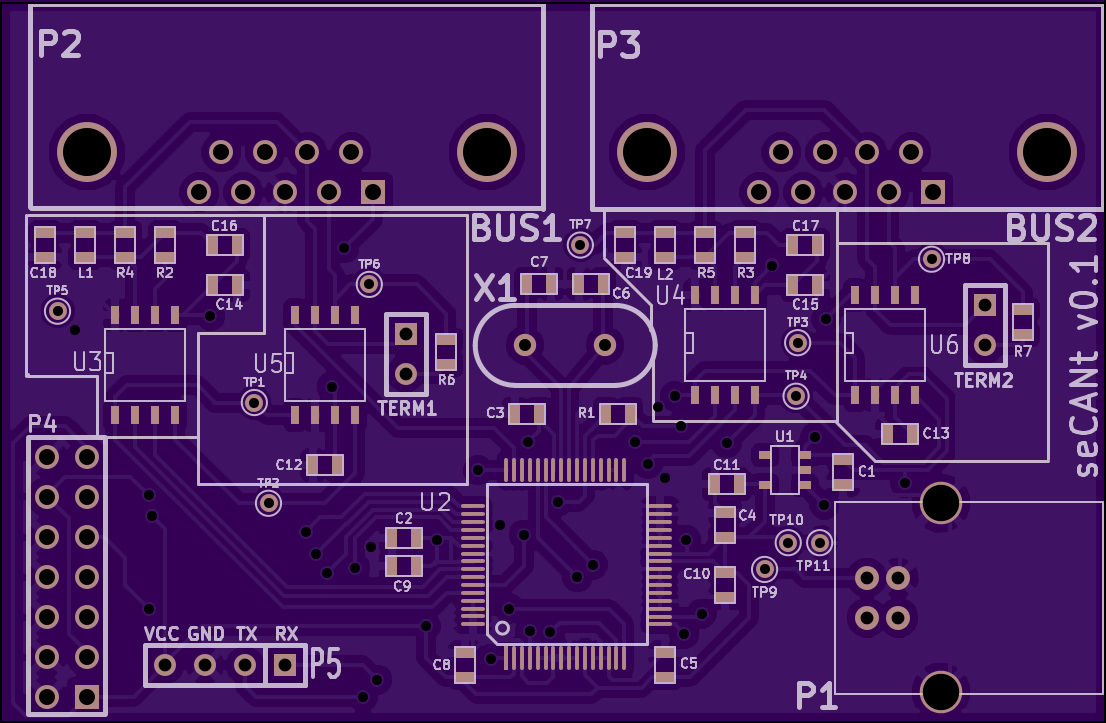
Finally, if you're looking to hack on CAN, there's the seCANt project by [Eric Evenchick]. It's a tool for interfacing with CAN buses from your computer. The goal is to make an open hardware device for playing with CAN, with a focus on easy scripting. While it's still a work in progress, the hardware design files for the first revision and firmware are available.
Tons of LEDs
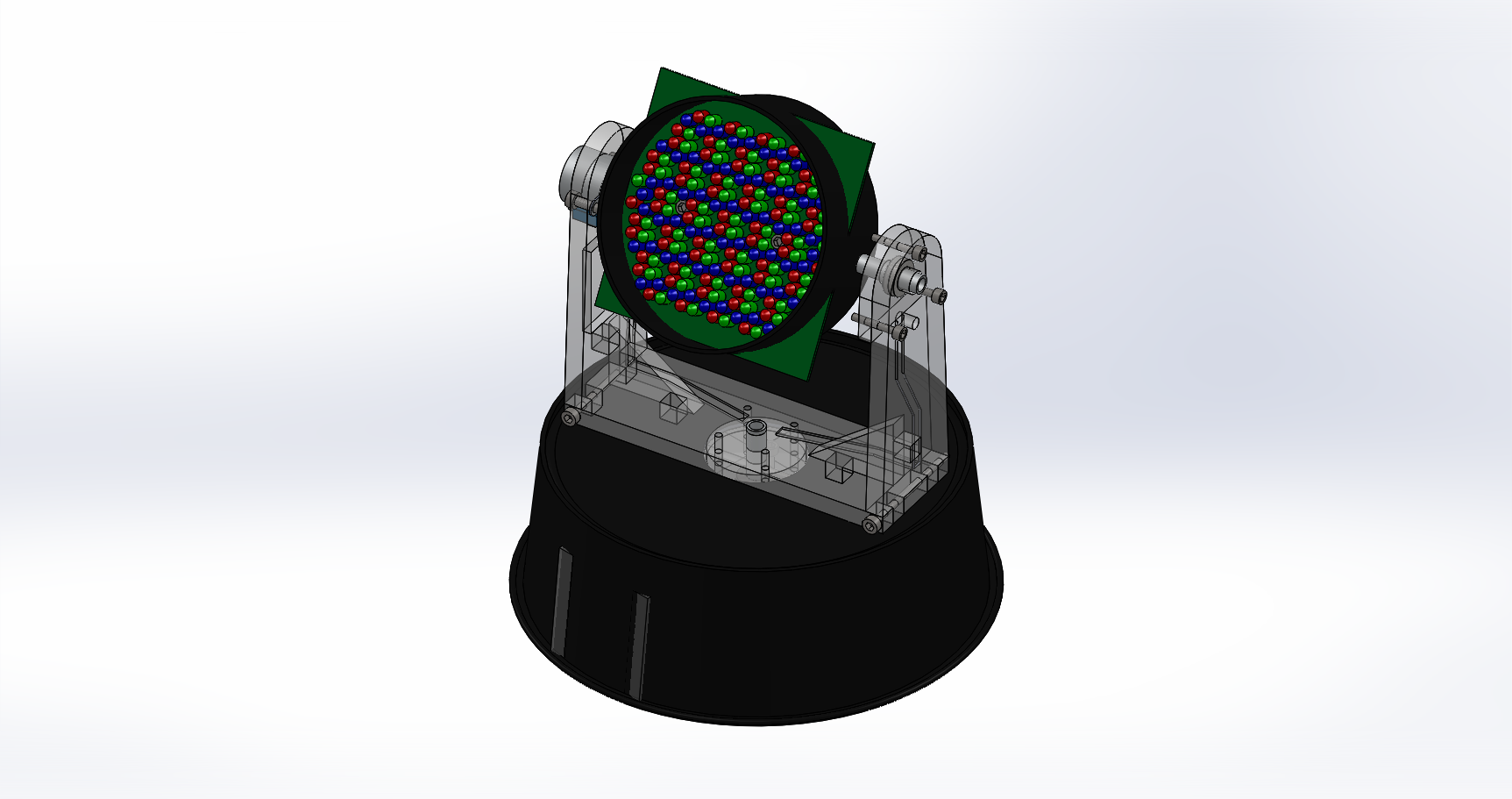
Everyone loves copious amounts of LEDs in a project. The Festivalljus by [Tim Gremalm] is a DIY LED theater light. The light is similar to a typical PAR can, but with motorized pan and tilt. It will talk DMX, so it can be integrated into standard theater lighting installations. On the project page, [Tim] gives us a rundown of the various LEDs he's evaluated for this project. It's a good read for anyone who wants to build a project with lots of blinking lights.
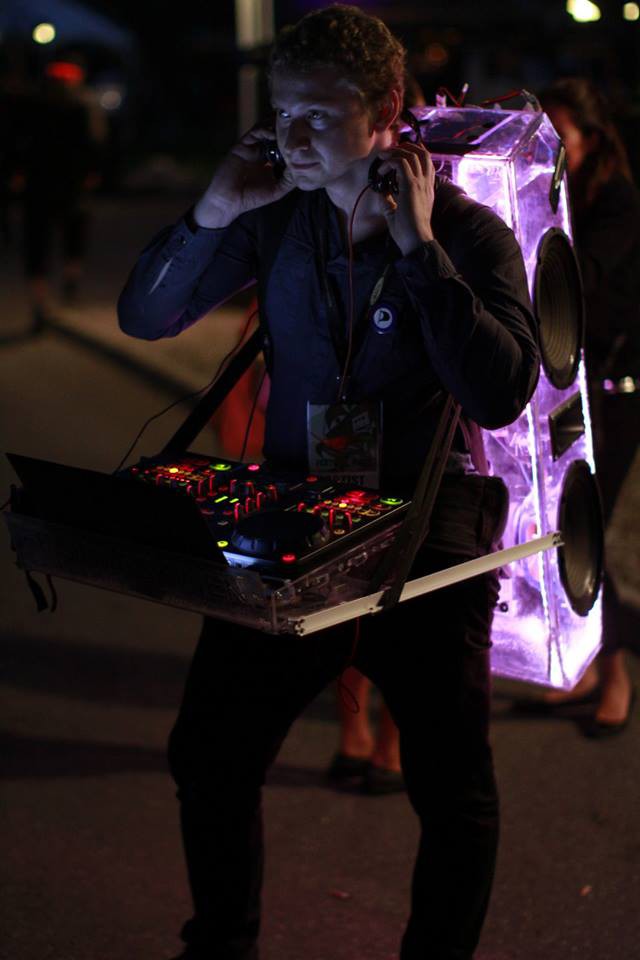
Another project by [Tim] combines LEDs with sound. The Festmaskinen is a portable DJ booth. It lights up, holds a laptop for the DJ, and has a built in Class-D amplifier to make some noise. And with four 10" speakers, we're willing to bet it can make quite a bit of noise.

If you're looking for more colorful lights, the FLED project is a LED panel consisting of 96 RGB LEDs. It's powered by both an Arduino and Raspberry Pi, and can be used to visualize various data. It's powered by an Arduino which talks to the WS2811 LEDs. There's also a Raspberry Pi running Memcached and Nginx to fetch data to visualize.
Cartesian Coordinates Are So 1637
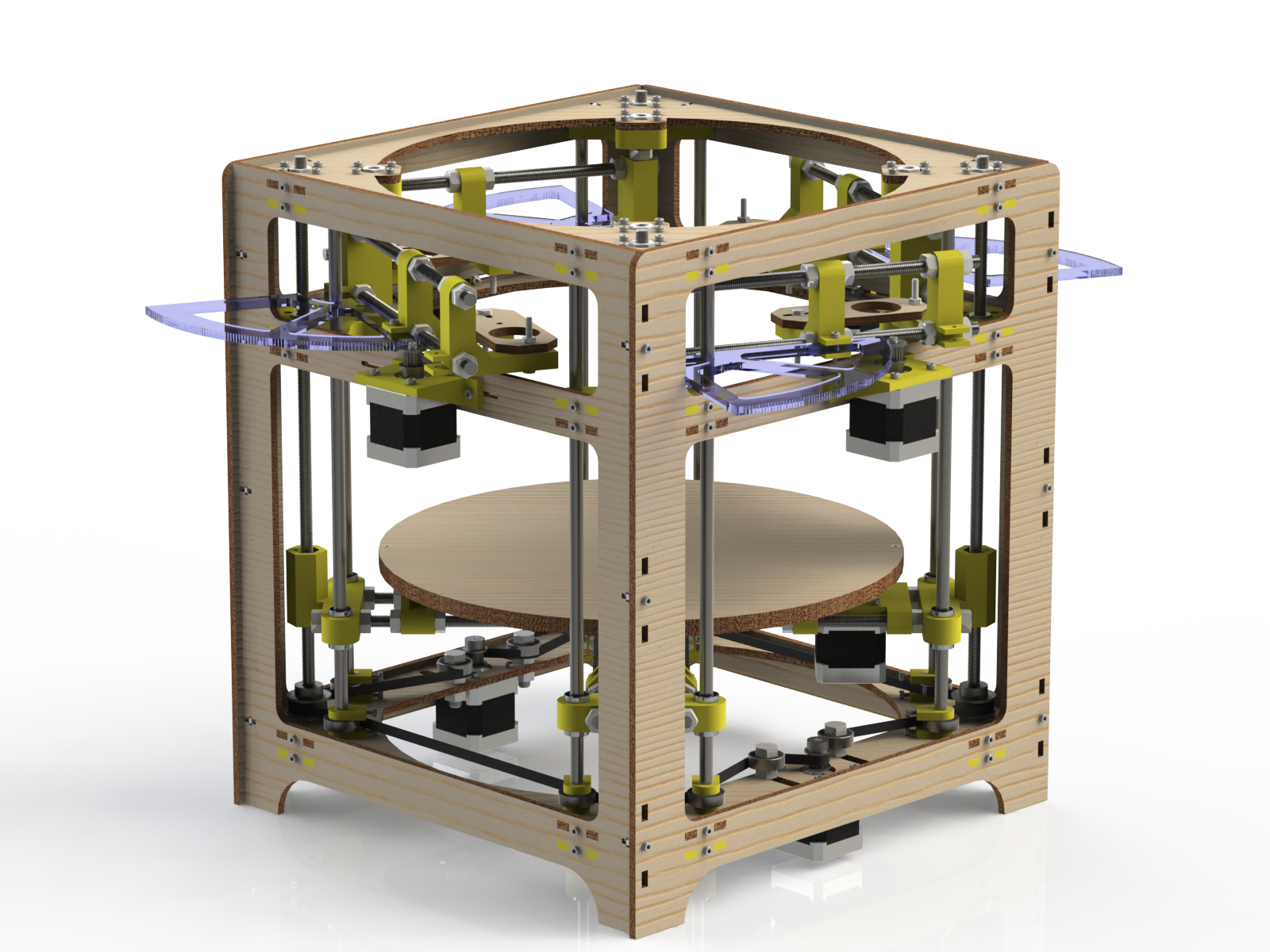
We see a lot of 3D printer builds on Hackaday, but this one is definitely a bit different. [Tyler Anderson]'s Theta Printer uses polar coordinates instead of Cartesian ones. Coordinates are represented as a distance from the center point and an angle. Traditionally this angle is given the Greek letter theta, which gives the printer its name. Controlling the printer is a modified version of the Marlin firmware. This allows the printer to use standard slicing software, and makes it compatible with a lot of tools out there.
What's the point of a polar printer? There's a few advantages, but the most interesting is the ability to use multiple extruders at the same time. The best way to explain how this works is with a video:
It's a neat concept, and we're looking forward to seeing how it works out with multiple materials.
That brings this Hacklet to a close. As always, let us know what you thought in the comments.
Keep on hacking,
The Hackaday Projects Team
 Eric Evenchick
Eric Evenchick
Discussions
Become a Hackaday.io Member
Create an account to leave a comment. Already have an account? Log In.